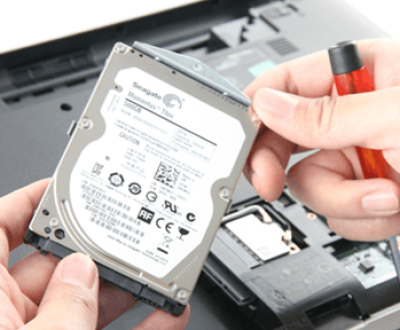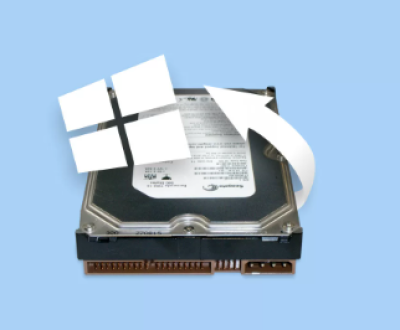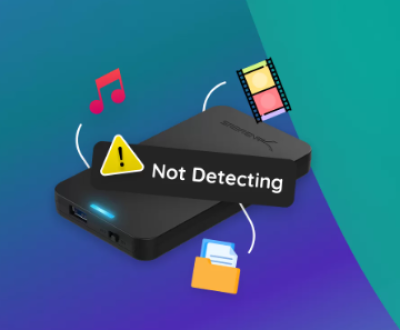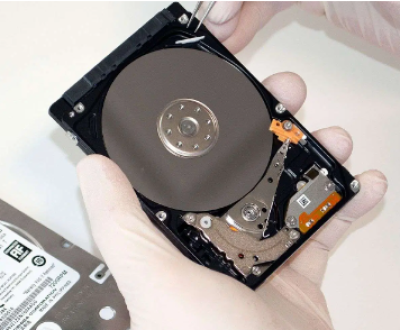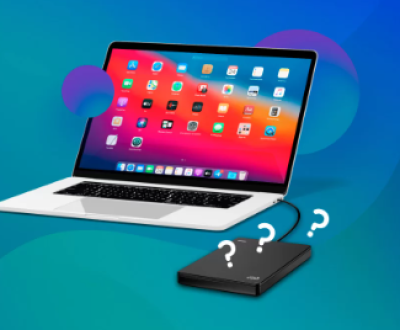A hard drive crash can be a nightmare, especially if it contains important personal or professional data. Whether your hard drive has failed due to physical damage, logical errors, or a corrupted file system, there are methods to attempt data recovery.
Before jumping into data recovery, it’s essential to understand the two main types of hard drive crashes:
Logical Failure: The hard drive is physically intact but cannot access data due to file system corruption, accidental formatting, malware attacks, or software issues.
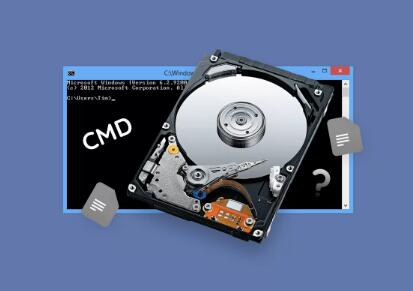
Mechanical Failure: The hard drive has suffered physical damage, including motor failure, head crashes, or circuit board malfunctions.
Each type of failure requires a different recovery approach, as we will discuss below.
Step 1: Assess the Symptoms of the Hard Drive Crash
To determine whether your hard drive is recoverable, look for these signs:
The computer does not recognize the hard drive.
Clicking, beeping, or grinding noises indicate mechanical failure.
Frequent system crashes or error messages when accessing files.
The drive is slow, freezes, or refuses to boot.
If the hard drive shows signs of physical damage, professional help is recommended. For logical failures, you can attempt recovery yourself.
Step 2: Stop Using the Hard Drive Immediately
Continuing to use a crashed hard drive can worsen the damage and reduce the chances of recovery. If you suspect failure:
Shut down the computer immediately.
Avoid installing new software or saving files to the drive.
Do not attempt to open the hard drive physically.
Step 3: Try Basic Troubleshooting
If the drive is not completely dead, try these basic troubleshooting steps:
Check Connections: Ensure the SATA/IDE cables are properly connected. Try using a different port or cable.
Use Another Computer: Connect the drive to a different computer to check if it is detected.
Try a Different USB Enclosure: If the drive is external, try using a different enclosure or adapter.
Boot from a Live CD/USB: Use a bootable Linux or Windows USB to check if the drive is accessible from another OS.
Step 4: Use Data Recovery Software
Panda Assistant is an advanced yet user-friendly data recovery software designed to help users restore lost, deleted, or corrupted files from a wide range of storage devices. Whether you’ve accidentally deleted critical work documents, lost treasured photos, or experienced a system failure, Panda Assistant provides a comprehensive and reliable solution to recover your data with ease.
Powerful & Versatile Data Recovery
Panda Assistant supports a broad spectrum of file types, including documents, photos, videos, audio files, emails, and more. It is compatible with various storage devices, including internal and external hard drives, SSDs, USB flash drives, memory cards, and even formatted or damaged partitions. No matter how your data was lost—whether through accidental deletion, formatting errors, virus attacks, or operating system crashes—Panda Assistant has the tools to recover it effectively.
Advanced Scanning Technology
Equipped with intelligent scanning algorithms, Panda Assistant offers both quick and deep scan options. The quick scan feature rapidly retrieves recently deleted files, while the deep scan performs an exhaustive search, locating lost data even from severely corrupted or formatted drives. The preview function allows users to check recoverable files before restoration, ensuring that only the necessary files are retrieved.
Safe & Secure Recovery Process
Panda Assistant prioritizes data integrity by ensuring a risk-free recovery process that does not overwrite existing files. Its intuitive interface makes data recovery accessible for all users, from beginners to IT professionals, with step-by-step guidance to simplify the process.
Step 5: Try Advanced Recovery Methods
If standard recovery software fails, consider the following options:
1. Use CHKDSK (Windows) or Disk Utility (Mac)
On Windows, open Command Prompt as administrator and type:
chkdsk X: /f /r /x
(Replace ‘X’ with your drive letter.)
On Mac, open Disk Utility, select the drive, and click ‘First Aid’.
2. Use a Bootable Recovery Environment
Create a bootable USB with tools like Hiren’s BootCD or WinPE.
Boot from the USB and attempt file recovery using built-in tools.
3. Recover Data from an External Hard Drive (For External HDDs)
Use Disk Management (Windows) or Disk Utility (Mac) to check if the drive is recognized but not mounted.
Assign a drive letter if needed and retry data access.
Step 6: Consider Professional Data Recovery Services
If your hard drive has suffered physical damage, DIY methods will not work. Professional recovery services specialize in retrieving data from severely damaged drives.
When to Seek Professional Help:
The hard drive makes unusual noises (clicking, grinding, etc.).
BIOS/OS does not detect the drive at all.
Previous recovery attempts have failed.
Top Professional Recovery Services:
DriveSavers – Specializes in emergency data recovery.
Secure Data Recovery – Offers no-recovery, no-fee services.
Ontrack – Handles a wide range of drive failures.
What to Expect:
Send your drive to the service provider.
Technicians will assess the damage and provide a quote.
Recovery is performed in a cleanroom environment.
Recovered data is delivered on a new storage device.
Step 7: Prevent Future Data Loss
Once you’ve recovered your data, take steps to prevent future crashes:
Regular Backups: Use cloud storage or an external drive for backups.
Monitor Hard Drive Health: Use tools like CrystalDiskInfo (Windows) or SMART Monitoring (Mac/Linux) to detect early signs of failure.
Avoid Physical Damage: Handle hard drives carefully and avoid exposure to heat, moisture, or power surges.
Use a Surge Protector: Protect your computer from unexpected power fluctuations.
Update System and Drivers: Keep your operating system and drivers up to date to prevent software conflicts.
About us and this blog
Panda Assistant is built on the latest data recovery algorithms, ensuring that no file is too damaged, too lost, or too corrupted to be recovered.
Request a free quote
We believe that data recovery shouldn’t be a daunting task. That’s why we’ve designed Panda Assistant to be as easy to use as it is powerful. With a few clicks, you can initiate a scan, preview recoverable files, and restore your data all within a matter of minutes.
Subscribe to our newsletter!
More from our blog
See all postsRecent Posts
- How to recover data from portable hard drive 2025-07-10
- How to recover data from a broken hard drive 2025-07-10
- How do i recover files from a formatted hard drive 2025-07-10

 Try lt Free
Try lt Free Recovery success rate of up to
Recovery success rate of up to

